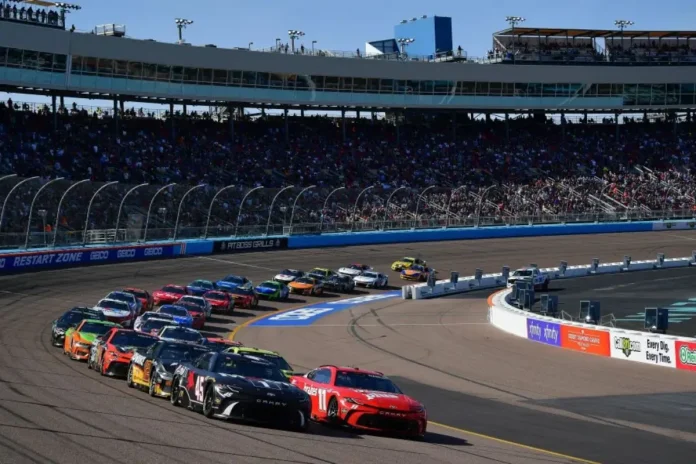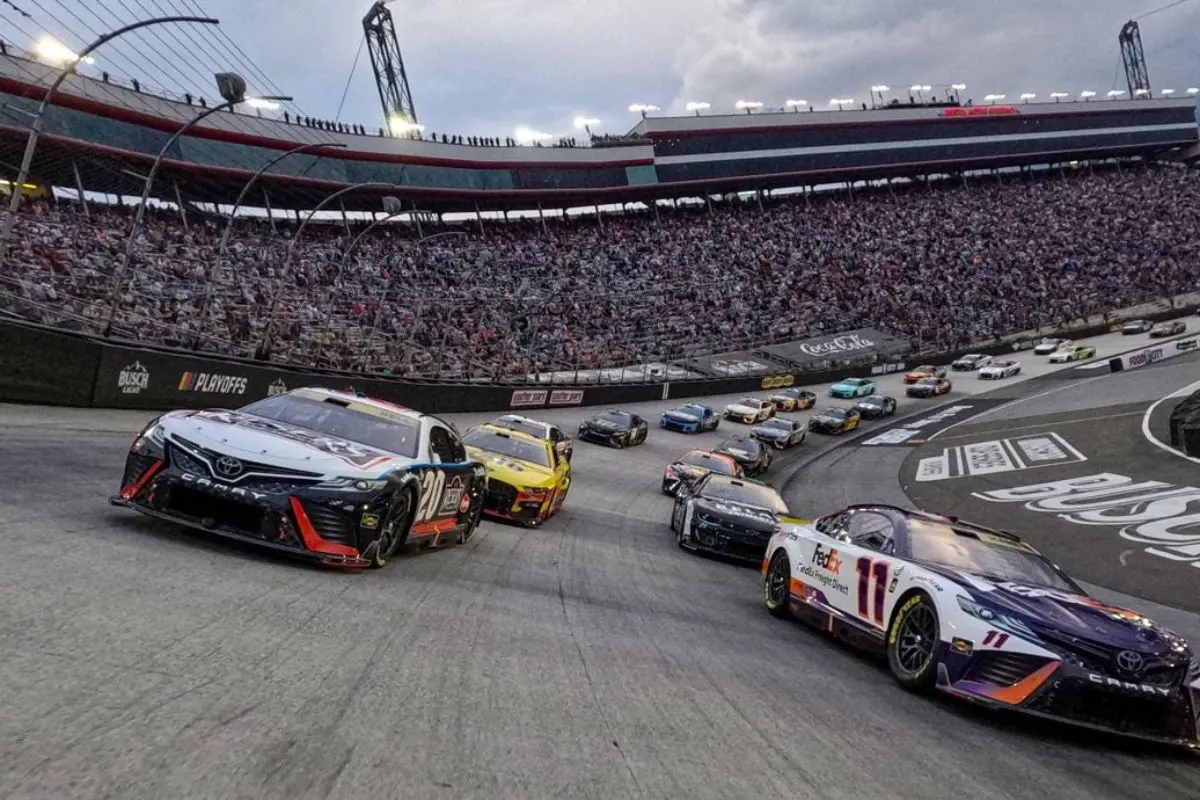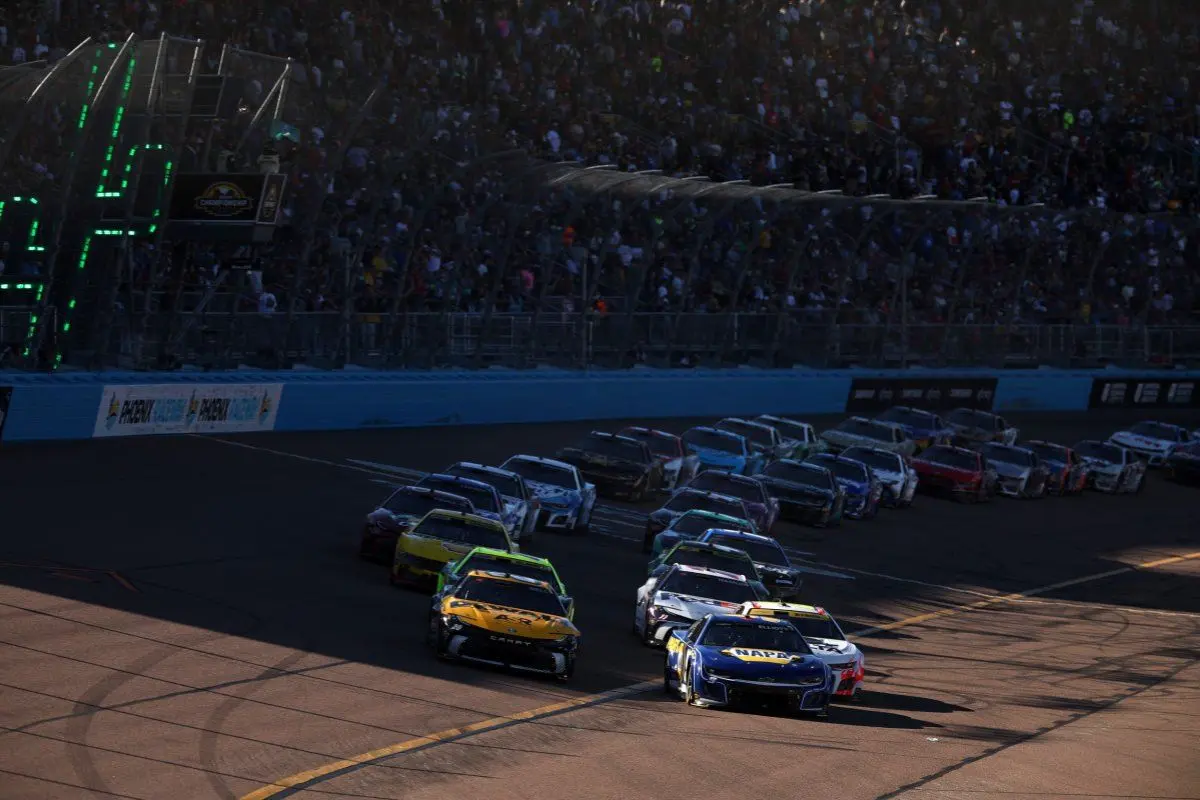Is NASCAR’s Next Gen Car Safe: The improved safety features like reinforced chassis and advanced impact-absorbing materials. However, alarming brake rotor failures have raised critical safety concerns. Incidents at key races, including catastrophic rotor failures, highlight vulnerabilities despite advancements. The use of cast iron rotors, while durable, leads to thermal stress that can cause cracks under racing conditions, especially on short tracks. To improve safety, there is a push for advanced materials, stringent testing, and real-time monitoring of rotor conditions.
Key Highlights
- The Next Gen Car features advanced safety enhancements, including a reinforced chassis, improving overall driver protection.
- Recent incidents of brake rotor failures have raised significant safety concerns during races, impacting driver performance and safety.
- Brake rotor failures are often due to thermal shock and accumulated strain, particularly under extreme racing conditions.
- Short tracks have shown a higher incidence of brake rotor overheating, leading to catastrophic failures in recent races.
- Strategies such as investing in composite materials and implementing real-time monitoring are essential to improve brake rotor reliability in the Next Gen Car.
Safety and Complexity of the Next Gen Car
The introduction of NASCAR’s Next Gen car marks a significant advancement in racing technology, particularly regarding safety and performance intricacies. This new model incorporates a suite of improved safety features, notably elevating the level of driver protection compared to its predecessors. Remarkable innovations include a reinforced chassis, improved crash testing protocols, and advanced materials that absorb impact more effectively. These improvements are essential, considering the high speeds and inherent risks associated with NASCAR racing.
However, the introduction of these safety features has simultaneously introduced complexities that merit careful consideration. While the Next Gen car aims for parity in speed and equipment, thereby leveling the competitive landscape, it inadvertently restricts teams’ flexibility in choosing components, particularly rotors and calipers.
The uniformity mandated by the new regulations may limit how teams can optimize their braking systems, which are vital for maintaining competitive performance.
The balance between safety and performance is delicate; while the safety upgrades aim to protect drivers during high-stakes situations, the associated restrictions on equipment selection may hinder teams from fully exploiting the car’s potential on the track.

This duality presents a challenge for teams working to navigate the intricacies of the Next Gen car while ensuring both the safety of their drivers and peak performance during races. As NASCAR continues to evolve, the ongoing assessment of safety measures and their impact on competitive balance will be critical for the sport’s future.
Notable Brake Rotor Failures
Brake rotor failures have emerged as a crucial concern within the NASCAR Next Gen car framework, emphasizing the complexities associated with the new regulations. These failures have not only impacted race outcomes but have also raised considerable safety alarms among drivers, teams, and fans similarly. Notable incidents have punctuated the recent seasons, emphasizing the urgent need for scrutiny regarding this component.
- Enjoy Illinois 300 (2022): Drivers including Carson Hocevar, Tyler Reddick, and Noah Gragson reported brake rotor issues, which hampered their performances and raised questions about the reliability of the new design.
- Phoenix Championship Race (2023): Christopher Bell, a title contender, suffered a catastrophic brake rotor failure that resulted in a violent crash, abruptly ending his championship aspirations and highlighting the dire consequences of such mechanical failures.
- Great American Getaway 400 (2023): Todd Gilliland faced a similar fate when his brake rotor failed, leading to a crash into the wall. This incident further highlighted the recurring nature of these failures within the Next Gen framework.
- Ongoing Concerns: With multiple failures occurring across different races, it is evident that brake rotor reliability is a growing issue that necessitates immediate attention from NASCAR and its engineering teams.
A violent brake-rotor explosion for Tyler Reddick. He's done for the day. pic.twitter.com/JT81Mu5w0i
— FOX: NASCAR (@NASCARONFOX) June 4, 2023
The frequency and severity of these incidents reflect an urgent need for thorough analysis and potential redesigns to guarantee the safety and competitiveness of the NASCAR Next Gen series.
Cause of Brake Rotor Failures
Understanding the underlying causes of brake rotor failures in NASCAR’s Next Gen cars is essential for enhancing both performance and safety. The primary material used in these vehicles, cast iron, offers durability and cost-effectiveness but falls short under the intense thermal demands of racing. Unlike some racing series that utilize carbon-fiber rotors for superior heat management, NASCAR’s choice of cast iron subjects the rotors to considerable thermal stress.
The phenomenon of thermal shock occurs when brake rotors experience rapid temperature fluctuations during races. This leads to uneven expansion and contraction, as different sections of the rotor heat up and cool down at varying rates. Such differential thermal behavior imposes stress on the material, resulting in strain accumulation over time. This strain can ultimately culminate in cracks, which pose severe risks during high-speed competition.
At short tracks, where brake usage is frequent and intense, the rotors are particularly susceptible to overheating. Conversely, at superspeedways, the brakes are less frequently engaged, primarily utilized during pit stops. Importantly, incidents of catastrophic rotor failure—such as shattering and ejection from the vehicle—have raised alarm within the racing community.
Interestingly, road courses, despite their challenging configurations, have not reported similar rotor failures. Tracks like Martinsville, known for heavy brake usage, also demonstrate a surprising lack of such incidents. This discrepancy highlights the need for a deeper analysis of the racing environments and their impact on rotor integrity.
Addressing the Issue
Addressing the critical issue of brake rotor failures in NASCAR’s Next Gen cars requires a multifaceted approach that prioritizes both technological innovation and rigorous safety standards.
Despite a decrease in failures this season compared to the last, the risks associated with brake rotor integrity remain notable, necessitating immediate action to safeguard drivers and maintain the sport’s reputation.
To effectively tackle this issue, the following strategies should be implemented:
- Enhanced Material Research: Invest in advanced composite materials that can withstand higher temperatures and stress. Collaborating with aerospace engineers could yield breakthroughs in rotor durability.
- Rigorous Testing Protocols: Establish more stringent testing protocols for brake components before they are approved for use. This includes simulating extreme racing conditions to better predict performance under duress.
- Real-Time Monitoring Technology: Equip cars with sensors that provide real-time data on rotor temperature and wear. This data can alert teams to potential problems before they lead to catastrophic failures.
- Collaboration with Suppliers: Foster a closer relationship with manufacturers like AP Racing to guarantee they understand the unique demands of NASCAR racing and improve their production processes accordingly.
News in Brief: Is NASCAR’s Next Gen Car Safe
The safety of NASCAR’s Next Gen car has come under scrutiny due to alarming brake rotor failures. The complexity of the design, combined with specific operational stresses, has been implicated in these incidents. Addressing the underlying causes is essential for enhancing driver safety and maintaining competitive integrity. Continued investigation and potential redesign of brake components may be necessary to prevent future failures and guarantee the reliability of this advanced racing technology.
ALSO READ: NASCAR Redefines Circuit of the Americas With a Bold New Track Layout for 2025



